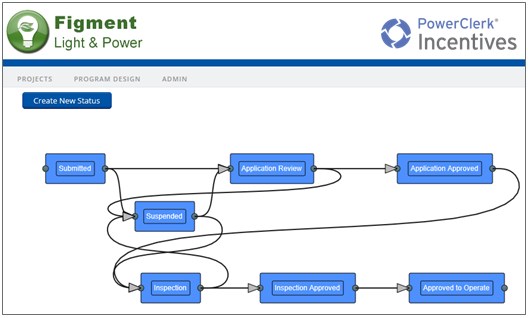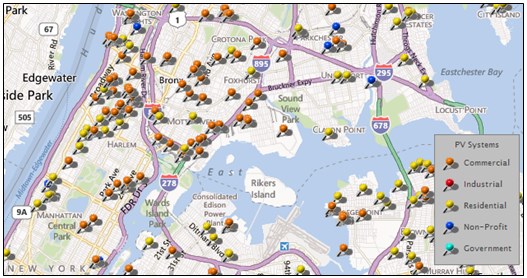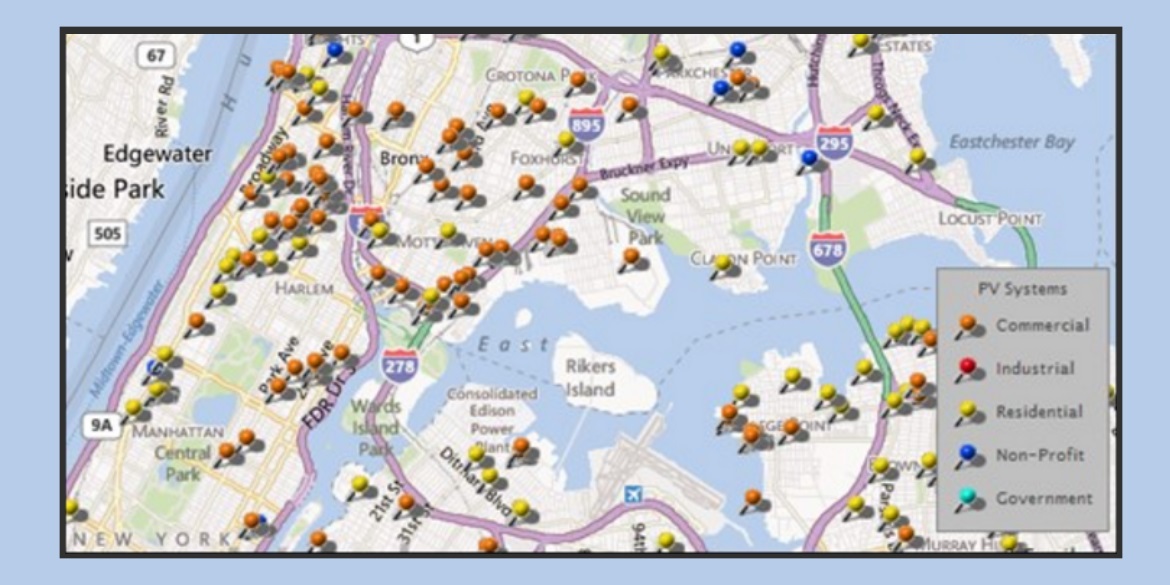It’s no secret that although solar hardware costs have been steadily decreasing, solar soft costs— including permitting, interconnection, customer acquisition and installation labor—have remained steady. In fact, according to studies by the National Renewable Energy Laboratory and the Lawrence Berkeley National Laboratory, soft costs now account for more than half of the cost of installed residential PV systems at $10,000 to $15,000 per system.
Clean Power Research has always had a mission to bring intelligence and efficiency to renewables through the use of software, particularly in the area of solar soft costs. For example, approximately 70% of solar incentives distributed across the U.S. have been processed through PowerClerk® Incentives, delivering incentive administration cost reductions of up to 65% (incentives are notably missing from the list of soft costs targeted for cost reduction). Clean Power Research is now focused on bringing this same level of efficiency to interconnection with the development of PowerClerk® Interconnect.
By taking the solar interconnection process online, PowerClerk Interconnect will streamline today’s manual, paper-based processes, and significantly reduce the lag time for obtaining utility approval. Here are three ways PowerClerk will help reduce solar soft costs for utilities and solar retailers:
- Online interconnection processing – utilities will be able to bring the entire interconnection process online, from application submittal, to approvals, electronic document signatures and automated communications. Flexible, self-configurable forms and workflows will be able to handle a wide range of interconnection processes, and intelligent features such as conditional logic will enable deep automation.
In addition, solar financiers and installers will be able to submit and track statuses of interconnect applications directly from their in-house design and proposal software tools via an application programming interface (API), eliminating double data entry. The figure below is an example of PowerClerk’s self-service workflow designer for administrators.

- Resources for solar awareness and lead generation – the Solar Engagement Platform will allow utilities to share information about the state of solar in their service territory via the web. Studies show that peer influence counts, so making it easy for customers to visualize just how many of their neighbors have gone solar can lead to greater adoption rates. The image below is an example map highlighting solar systems in a particular region.

The Solar Engagement Platform will also help those interested in solar quickly obtain personalized solar estimations, easily determine how much solar would fit on their particular roof, and identify the most beneficial electric tariff. Not only will customers be equipped with the knowledge to make informed purchasing and leasing decisions, but these qualified leads can be instantly directed to local solar installers, reducing customer acquisition costs.
- Data and analytics for grid integration – As solar penetration increases within utility service territories, the impact on daily operations grows. A key benefit of PowerClerk is that it captures photovoltaic (PV) system data that is vital for utility and ISO load balancing and distribution planning activities. This system-of-record data can feed directly into tools such as SolarAnywhere® FleetView™ to provide historic, live and forecasted fleet production for local distribution feeders or across an entire load balancing area.
With the addition of PowerClerk Interconnect to the PowerClerk family, we’re excited to offer utilities a complete set of tools for administering and tracking distributed generation resources through the solar lifecycle. We will be demonstrating various PowerClerk features at Solar Power International, booth #3216 and at a special session: “Intelligently Managing the Distributed Solar Fleet from Interconnection to Fleet Operations.” Stop by the booth or join the session to get a sneak peak of how PowerClerk’s powerful and flexible workflows reduce the time and expense of interconnection administration, and how the Solar Engagement Platform will provide the resources customers need to make informed decisions about solar.
